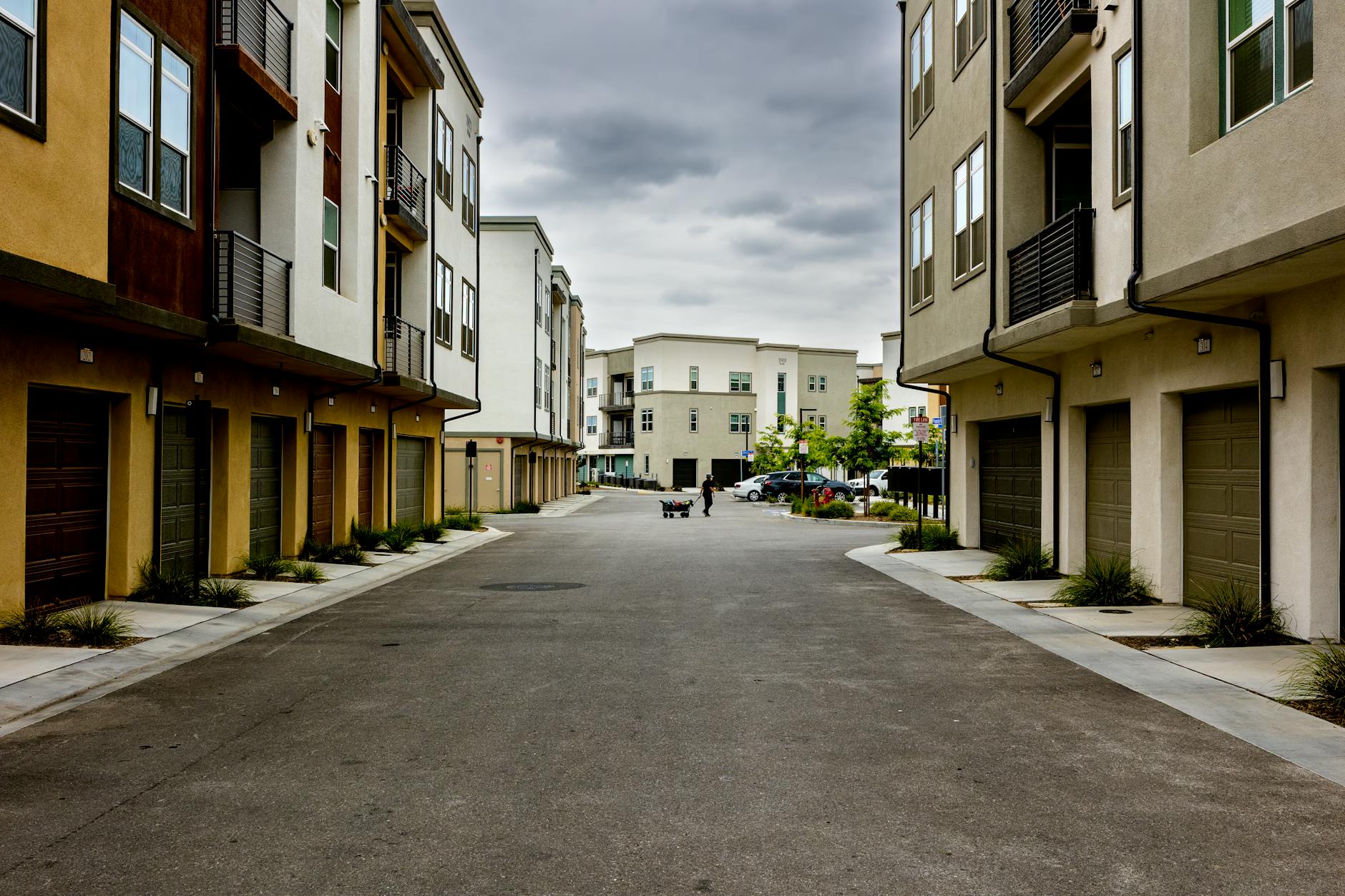Exploring Affordable Housing Development: Opportunities and Challenges
Exploring affordable housing development: opportunities and challenges
Affordable housing development has become a critical focus for urban planners, policymakers, and communities worldwide. As housing costs continue to rise, many individuals and families struggle to secure stable, affordable living spaces. This article explores the multifaceted dimensions of affordable housing development, highlighting the opportunities it presents along with the challenges that stakeholders must navigate. From financial incentives and innovative construction techniques to regulatory hurdles and social impact considerations, understanding these factors is essential for driving successful projects. By examining these interconnected elements, the article aims to provide a comprehensive overview that not only underscores the importance of affordable housing but also offers insight into practical strategies that can foster its growth.
Financial mechanisms and incentives
One of the primary drivers behind affordable housing development lies in the variety of financial mechanisms and incentives available to developers. Governments frequently provide subsidies, tax credits, and grants to encourage private sector investment. Key programs like the Low-Income Housing Tax Credit (LIHTC) have been instrumental in mobilizing capital for affordable projects.
Additionally, public-private partnerships (PPPs) serve as important frameworks, pooling resources and sharing risks. Innovative financing models such as social impact bonds and community land trusts are also gaining traction, offering alternatives to traditional funding sources.
Regulatory and planning challenges
While financial opportunities exist, regulatory environments often present significant barriers. Lengthy approval processes, zoning restrictions, and minimum lot sizes can hinder timely and cost-effective construction of affordable units. Often, local regulations favor high-end development, inadvertently marginalizing affordable housing efforts.
Streamlining zoning codes and establishing inclusionary zoning policies, which require a portion of new developments to be affordable, can mitigate these issues. Coordinated efforts between local governments and developers are essential to balancing community interests with housing needs.
Innovative construction and design approaches
Technological advances and design innovation offer exciting possibilities for reducing costs and improving quality in affordable housing. Prefabrication, modular building, and the use of sustainable, low-cost materials can accelerate construction timelines and lower expenses.
Design considerations that promote energy efficiency and community engagement not only reduce long-term costs but also enhance livability. Mixed-use developments and the integration of green spaces are examples of strategies that create vibrant, inclusive neighborhoods.
Social impact and community integration
Affordable housing development is not solely a financial or technical challenge; the social dimension plays a crucial role in its success. Developments that incorporate social services, promote diverse communities, and avoid segregation foster better outcomes for residents.
Community engagement during planning and construction ensures that projects meet local needs and gain public support. Moreover, access to education, transportation, and employment opportunities is essential for sustaining affordable housing over time.
| Aspect | Opportunities | Challenges |
|---|---|---|
| Financial | Tax credits, grants, PPPs, alternative financing | Funding gaps, investor risk, return on investment concerns |
| Regulatory | Zoning reforms, inclusionary policies | Lengthy permitting, restrictive zoning, NIMBYism |
| Construction | Modular building, sustainable materials, faster timelines | Initial costs, technical skills, quality control |
| Social | Community engagement, access to services, social integration | Segregation risks, social stigma, inadequate services |
Conclusion
The development of affordable housing presents both substantial opportunities and complex challenges that require a collaborative and multifaceted approach. Financial incentives and innovative funding models can significantly enhance project viability, but without regulatory reforms that streamline processes and support inclusion, these projects remain difficult to implement at scale. Integrating modern construction methods and thoughtful design improves both cost efficiency and livability, while social considerations ensure housing development contributes positively to community welfare.
Addressing affordable housing development holistically—with attention to finance, regulation, construction innovation, and social integration—promotes sustainable, equitable growth. Ultimately, success depends on coordinated strategies among governments, developers, and communities working together to create housing that is not only affordable but also supportive and accessible for all residents.
Image by: David Brown
https://www.pexels.com/@ninobur
editor's pick
latest video
news via inbox
Nulla turp dis cursus. Integer liberos euismod pretium faucibua

